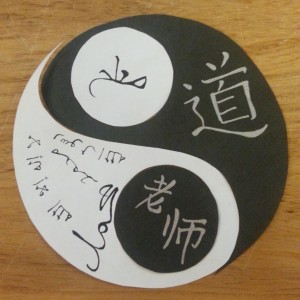week four – space for a prophet
May 8th, 2014 by lydiachenA figure more loved and more hated than perhaps any other, the prophet Muhammad has changed the face of Islam in more ways than one. For better or for worse, he has become the symbol and the face of a religion that is alternately portrayed as vitriolic and tolerant, sophisticated and primitive. Although we have explored many facets of the Prophet’s role in Islam as a role model, intercessor and messenger, I was particularly fascinated by the discussion in Chapter 3 of Infidel of Love of Muhammad’s role as a bridge between cultures. This controversial figure is also one that has been adopted seamlessly into multiple cultural contexts.
Many Hui Muslims did not view their Muslim identity as something oppositional to, or even independent of, their Confucian surroundings. Rather, they sought to carve out a social and intellectual space that was as much Chinese as it was Muslim (Asani 143).
Having grown up in a Chinese and therefore heavily Daoist-influenced environment, I was very interested in knowing how Islam and Daoism would merge. As Professor Asani points out in his book, the context is heavily important. In my creative response for this week, I wanted to focus on the idea that individuals—no matter how famous or powerful—are ultimately embedded within a cultural context. Even messengers of God can change to match existing cultural norms.

My creative response comes in multiple pieces. The two contexts I’ve focused on here include China and Arabia, where Muhammad was born. On the bigger white piece we see the shahadah, as well as Muhammad’s name. Meanwhile, the bigger black piece has the Chinese character 道 (dao), representing the dominant way of life followed by many Chinese then and now.
The idea of Muhammad as “the seal of the Prophets” became interpreted as “completer of the Dao”(Asani 144).
When the pieces are assembled together, they form the yin yang, a common symbol of Daoist teachings. The traditional interpretation of the yin yang includes a notion (very Chinese in nature) that harmony is achieved in balance. Life in this world requires some light and some darkness, some hot and some cold. Although Islam and Daoism are not opposing forces of nature, their combination can be harmonious. In the smaller circles, I have written the Arabic and Chinese for “teacher.” Though Muhammad has many roles, his teachings may transcend local worlds, finding new and continued relevance in a different context. China is just one example–we can imagine many religious, geographical, and even temporal contexts in which the teachings of the Prophet will continue to be important.

Medium: Calligraphy, Pen and Ink